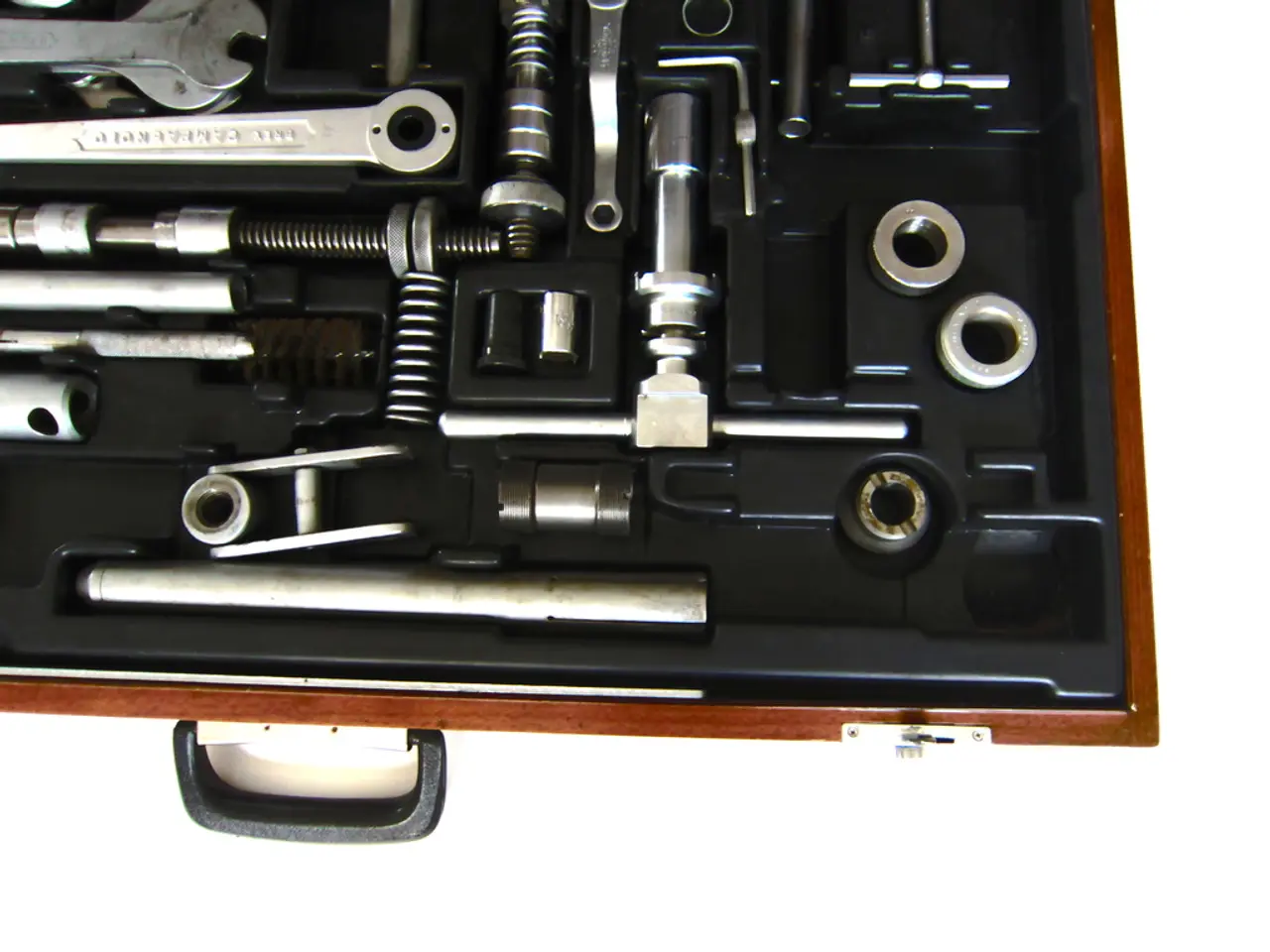Steps to Achieving DevOps Success:
In the realms of software development, automation and testing have become essential components in DevOps practices. This shift is reflected in the growing number of organizations in the UK and US adopting continuous delivery, a method that promises a more collaborative, cohesive, and timely approach to taking software projects from inception to deployment.
Continuous delivery enables software to be released into production at any time, potentially speeding up product and application release cycles. Mark Warren, from Perforce Software, highlights the importance of DevOps and continuous delivery for many companies and their IT department's staff.
A unified continuous pipeline enables automation at every step of the process, while tracking every change in DevOps encourages best practices in development and deployment. The potential benefits of DevOps and continuous delivery include better products rolled out more quickly and the ability to respond more efficiently to market demand.
However, the integration of DevOps and continuous delivery requires more than just technological changes. A cultural shift is necessary to get diverse practices, such as software development and IT operations teams, to work together. Successful DevOps adoption requires the right culture (people, processes, and attitude) and the right technology tools to make it all possible.
To facilitate this transformation, here are five steps that focus on culture, technology, and real-time visibility:
- Cultural Alignment and Collaboration Begin by fostering a culture of mutual cooperation and shared responsibility across development, operations, QA, security, and other stakeholders. Create cross-functional teams that collaborate end-to-end on design, coding, testing, deployment, and monitoring. This cultural foundation breaks down silos and builds the "DevOps mindset" essential for success.
- Define Clear Goals and Assess Current Setup Analyze existing infrastructure, workflows, and team dynamics to establish a baseline. Set measurable objectives aligned with business needs such as faster release cycles, improved quality, or enhanced stability. Clear goals guide technological and process changes.
- Implement and Automate CI/CD Pipelines Choose appropriate tools to automate building, testing, and deploying code continuously. Use source code management (e.g., Git), build tools (e.g., Maven), CI servers (e.g., Jenkins), and artifact repositories (e.g., Nexus). Automate code quality checks and tests to maintain standards. CI ensures frequent integration of code, while CD automates validated delivery up to production deployment with an option for manual approval.
- Integrate Continuous Monitoring and Real-Time Feedback Establish real-time visibility by employing monitoring, logging, and analytics tools to observe system performance and user feedback continuously. Use this data to detect issues quickly, enable prompt resolution, and iteratively optimize processes. Continuous feedback loops are critical for improving stability, security, and performance.
- Provide Training and Scale Gradually Support cultural and technical change by training teams in automation, cloud, security, and continuous delivery practices. Start with pilot projects to gain insights and build confidence before scaling DevOps practices across the organization. Regularly review metrics like deployment frequency, lead time, and recovery to refine the approach.
These steps collectively address culture (alignment, collaboration, and training), technology (automation, CI/CD pipelines, tools), and real-time visibility (monitoring and feedback), facilitating a robust and successful DevOps and continuous delivery integration.
It's also crucial to ensure that all assets, including documentation, configuration scripts, and binaries, are controlled alongside the rest of the project to avoid releasing incomplete or inconsistent applications. As DevOps and continuous delivery continue to gain traction, the demand for people who can see life from both the development and operations perspectives is growing. With the right approach, organizations can harness the power of DevOps and continuous delivery to deliver better products faster.
- In the process of integrating DevOps and continuous delivery, the demand for individuals who can appreciate both the development and operations perspectives is growing, as seen in the increasing number of organizations shifting their focus to education-and-self-development in these areas.
- As technology tools play a significant role in successful DevOps adoption, those interested in lifestyle enhancement via career advancement in software development may find technology expertise, particularly in automation and continuous delivery pipelines, a valuable area for education-and-self-development.




